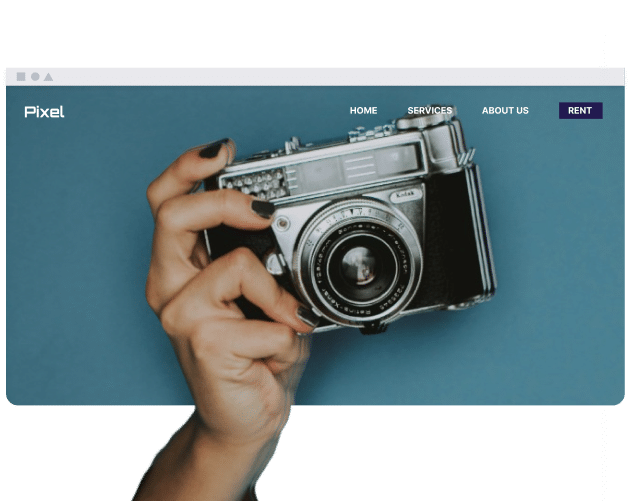AUP 通常涵盖哪些内容?
AUP 通常会概述与使用组织技术相关的注意事项以及您的职责。这概述了用户为了维护安全而应具备的基本安全级别和适当性。例如,一项策略可能会规定允许将电子邮件用于工作目的,但不允许下载未经批准的程序。
AUP 在不同场景下的一些使用示例是什么?
AUP 在不同的情况下控制技术使用。
- 公共Wi-Fi提供商:指定访问其互联网的条件。
- 图书馆:设置关于计算机和互联网使用的策略。
- 在线社区/论坛:定义这些平台内的适当行为和材料的级别。
- 政府机构:监督其内网的使用。
- 医疗机构:控制患者信息系统的使用。
违反 AUP 会发生什么?
违反可接受使用策略 (AUP) 的行为可能会采取警告、访问控制或(根据具体情况)法律措施来处理;这些策略旨在保护组织免受不负责任行为的损害,从而帮助维护秩序。
AUP 通常是如何创建和维护的?
AUP通常由组织的不同部门(例如IT和法律团队)共同制定,然后需要定期检查和更新。这确保了策略的相关性,并涵盖了随着技术变化而出现的重要内容;因此,这不是一次性任务,其应用需要持续关注。
确保 AUP 得到遵守的最佳实践是什么?
确保遵守 AUP 最有效的方法之一是彻底解释它,提供培训,并统一执行。这有助于加深对策略及其相关性的理解。策略不能单独存在;它需要推广和演示其执行。
可接受使用策略的优点和缺点是什么?
AUP之所以有用,是因为它们可以改进 安全性 并提高效率,但它们也可能过于死板,并且可能需要维护。因此,尽管它们提供了定义和指导,但仍需要更大的用户灵活性。
组织如何定制 AUP 以应对新兴技术(例如,AI、云计算、IoT)?
随着人工智能、云计算和物联网设备等新技术的出现,组织可能会更新针对每种技术的可接受使用策略 (AUP)。一种方法是为每个改变主要 AUP 指导策略的新设备编写附录。
此外,策略修订和员工培训课程通常用于使员工快速了解这些技术带来的运营变化,同时承认每种技术都有其自身特点。
对于 AI:
- 提供 可接受/禁止的使用.
- 直接访问 数据输入.
- 定义 输出 用途 (验证,归属)。
- 处理 偏差 和公平性.
- 强调 安全性.
对于云:
- 列出 批准的服务.
- 概述 数据存储/共享 规则。
- 强调 访问控制.
- 禁止 未经授权的活动.
- 强调 数据隐私.
对于物联网:
- 列出 已批准的设备.
- 强制执行 安全协议.
- 处理 数据收集/使用.
- 指定规则 个人物联网设备.
- 突出显示 潜在风险.
总结
可接受使用策略涉及在群体环境中保护数字技术和资源。策略还通过为所有用户设定期望和结果来促进环境管理。

